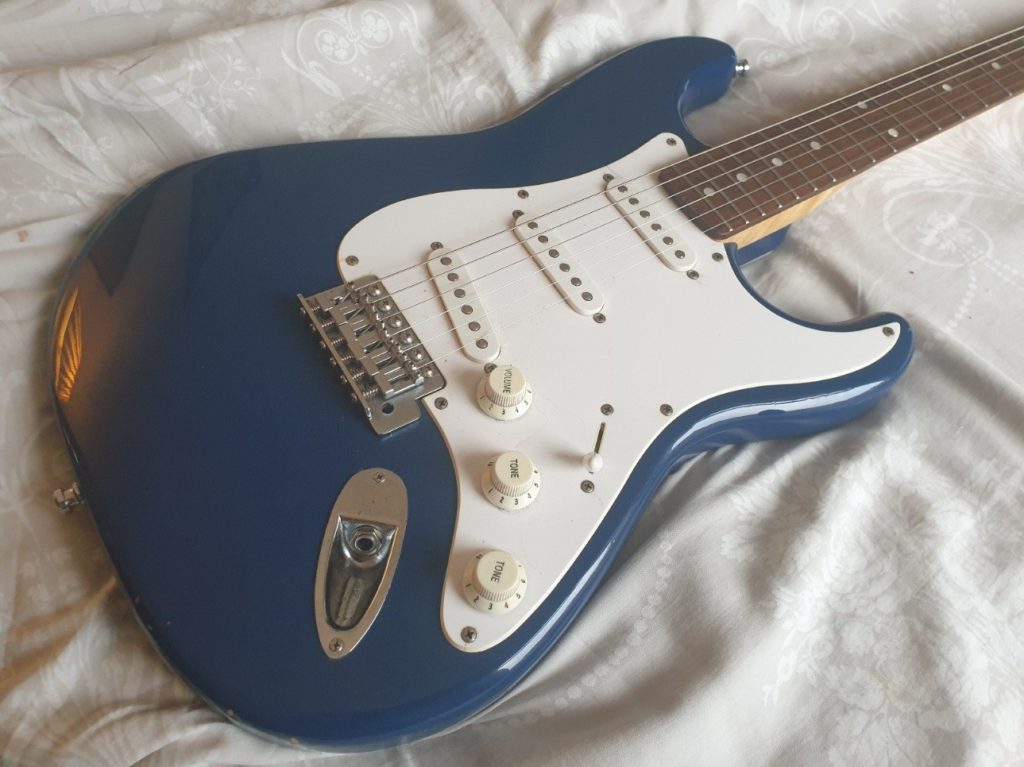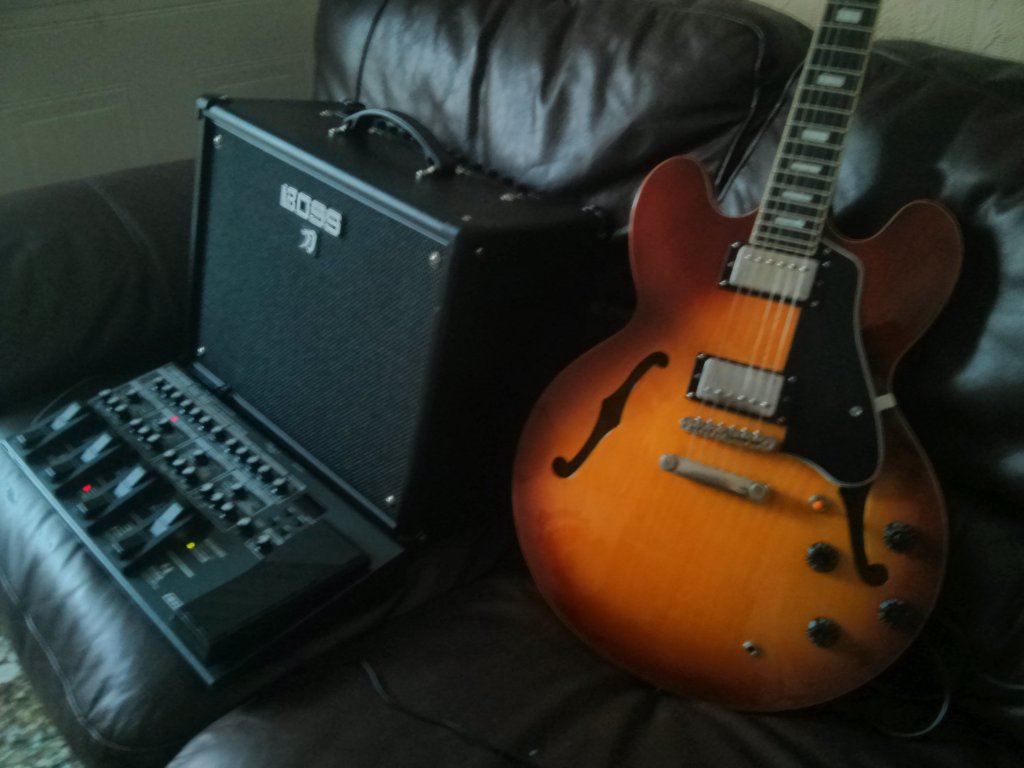The use of chord families to play jazz is a great tool to understand and use. Just the understanding of chord families in a jazz context can really help us improve our playing, particularly our comping and improvising.
There is a reason why the same chords keep showing up together in many different songs.
Most of all it is because they sound right but it may be useful to know what chords to use by choice, rather than just memorizing a series of chords that someone else has put together. This will definitely improve our musicianship.
Let’s take a look for ourselves at how to play jazz using chord families.
Basics
Chord families within a jazz context are no different from any other style of music when it comes to the basics, but jazz uses beautiful, richer sounding chords with 7ths added, plus others.
We will be able to more fully understand the relationship of chord families to jazz once we first delve down into the relationship of the individual notes in a scale and the chords that go with them.
Chord families revolve around the key signature of a song or portion of a song. The key is the tonal center or root.
Before we get to the chords, here is a table showing the degrees of a scale for C Major (M). This will help us gain an understanding of how chord families come together further on.
Scale Degrees CM (Diatonic)
| Note | C | D | E | F | G | A | B |
| Scale Degree | I | ii | iii | IV | V | vi | vii(dim) |
| Root | 2 | 3 | 4 | 5 | 6 | 7 |
Roman numerals are a standard convention of Western music notation. Here they identify the scale degrees of our C M scale (upper case for Major and lower case for minor). The vii is the only one that is diminished.
In our table the note C is the root or tonal center of the scale, subsequently called the first degree (I) of the scale, upon which all other degrees of the scale are measured from. For example, E is the third (iii) and G is the V (5th) and so on.
Now, let’s get to the chords.
Chord Families
Now that we have named the degrees of the scale, we can now harmonize that scale by applying the appropriate chord to each scale degree.
Jazz Chords for CM Scale
| Note | C | D | E | F | G | A | B |
| Scale Degree | I | ii | iii | IV | V | vi | vii |
| Chords | C Major 7 | D minor 7 | E minor 7 | F Major 7 | G dominant 7 | A minor 7 | B minor 7 (b5) |
Note: a minor 7(b5 flat five) chord = half diminished.
The C Major7 chord is the root and tonal center of the scale. This would be the chord that all chord progressions from this C Major family would naturally resolve to.
- Note: in a common jazz 2-5-1 chord progression, the 1 chord is the root of that progression.
Chordal Relationships
There is a specific chord for each of the seven notes of the Major scale. For example, the first degree of the scale is the note C in our table and the corresponding chord is a CM7 (root).
The type of chord (Major, minor, dim.) is consistent and never changes for a Major scale. This is in fact, a formula that we can use to create other chord families based upon major scales. Let’s call it the Major Chord Formula.
As you can see from the above table, our formula, starting at the first degree, gives us the following type of chords:
Scale and Chord Relationship
| Scale Degree | I | ii | iii | IV | V | vi | vii |
| Chords | Major 7 | minor 7 | minor 7 | Major 7 | dominant 7 | minor 7 | Half diminished |
As stated, each scale degree has its own corresponding type of chord which will never change for a Major scale.
Please note scales other than Major will have their own family of chords.
Keys Other than C Major
Let’s apply the chord formula using D Major as the root or tonal center.
Chord Family in Key of D Major
| Note | D | E | F# | G | A | B | C# |
| Scale Degree | I | ii | iii | IV | V | vi | vii |
| Chords | D Major 7 | E minor 7 | F# minor 7 | G dom. 7 | A Major 7 | B minor 7 | C# minor 7 (b5) |
- Notice that the scale degrees remain exactly the same even though D is now the root or the 1st degree, which subsequently makes the D Major 7 chord the root (key). This would be the chord sound that all others will resolve to.
- You may also notice that the chord formula remains exactly the same as well (Major, minor minor…).
In order to keep the same distance away in sound from the root, we had to add a couple of sharps to both the scale and the corresponding chords. For example, the notes E and F on a keyboard are directly beside each other (no black key in between). So, to keep the 2nd and 3rd degrees the same distance apart, we had to add a sharp to the F, thus creating (in the piano analogy) two white keys and a black one apart, which keeps it the same as the original C Major scale second and third-degree spacings. Check it out on a keyboard. The same goes for notes B and C.
Summary
We can use the formula to create chord families.
Just create a simple table like the one above and write out your major chord family for a song or part of a song that you may be working on, add your own augmentation such as a 9th or 13th for extra sound flavour, but always keep the same chord type (Major, minor) and stay true to the formula.
I hope that delving into chord families for playing jazz has helped open up some musical possibilities for you and that your musical journey will be one of enjoyment and exploration.
Enjoy!
About the Author
Marc-Andre Seguin is the webmaster, “brains behind” and teacher on JazzGuitarLessons.net, the #1 online resource for learning how to play jazz guitar. He draws from his experience both as a professional jazz guitarist and professional jazz teacher to help thousands of people from all around the world learn the craft of jazz guitar.
More Guitar Lessons @ The Blogging Musician




Great summary on chord families for jazz! Looking forward to experimenting with this.
Thanks very much!